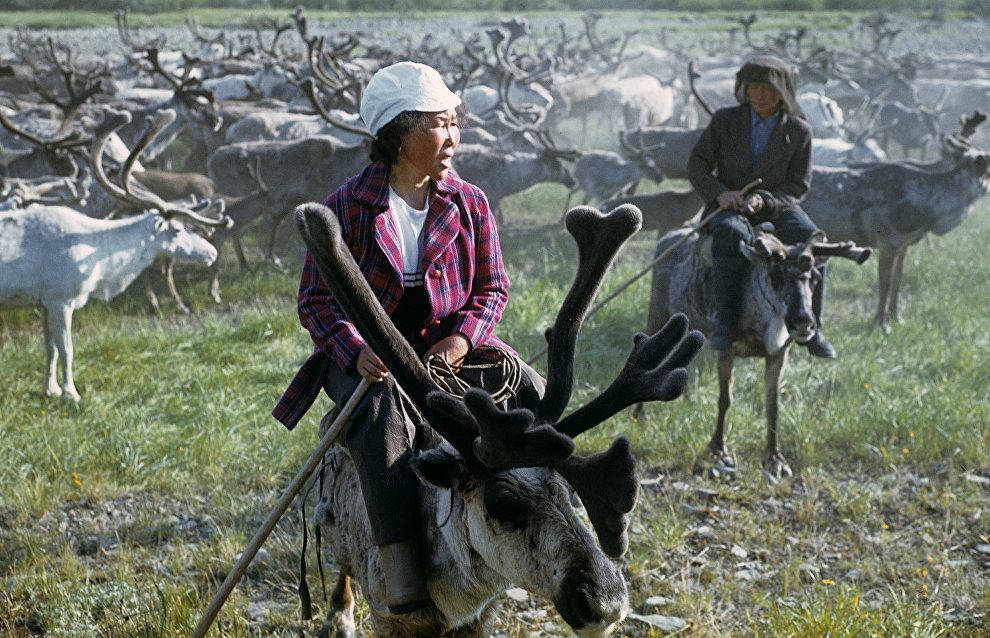Russian and Canadian scientists to research history of domestic Arctic reindeer breeding
Russian and Canadian scientists plan to research the history of domestic Arctic reindeer breeding, reports the Yamal-Nenets Autonomous Area website.
"Archeologists Natalia Fyodorova, Andrei Gusev and Andrei Plekhanov from the Arctic Research Center and anthropologists Robert Losey and Tatiana Nomokonova from the University of Alberta, Edmonton, will research the history of domestic Arctic reindeer breeding using historical and contemporary artifacts," the website says.
The scientists will conduct research on reindeer harnesses, parts of which were made from bones that have been found at archeological sites dating to various eras. Known archeological sites include the Ust-Polui site dating to the 1st century BC-1st century AD near Salekhard, as well as the Yarte-VI site dating to the late 11th century-early 12th century AD in the Yamal District. Robert Losey has fabricated copies of ancient and medieval reindeer-harness plates using the above artifacts. He plans to compare them with their modern equivalents and use them on reindeer.
"This project is interesting in terms of archeology and anthropology because it will provide us with new information on the development of large-scale reindeer breeding on the Yamal Peninsula and the whole of northern Siberia," the website notes.
In 2015, Losey and Nomokonova visited Salekhard, and archeologists from the Arctic Research Center and University of Alberta have been cooperating since then.
